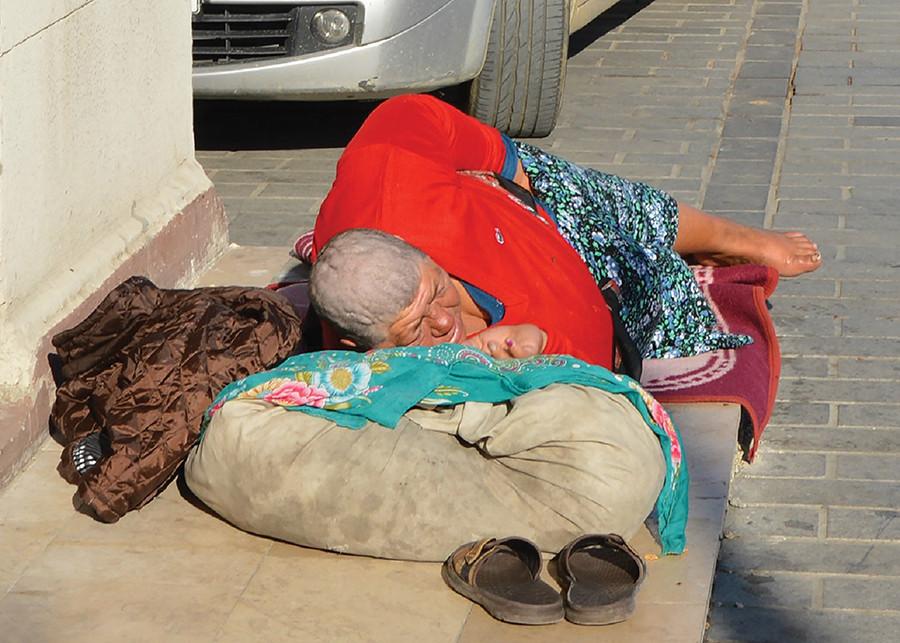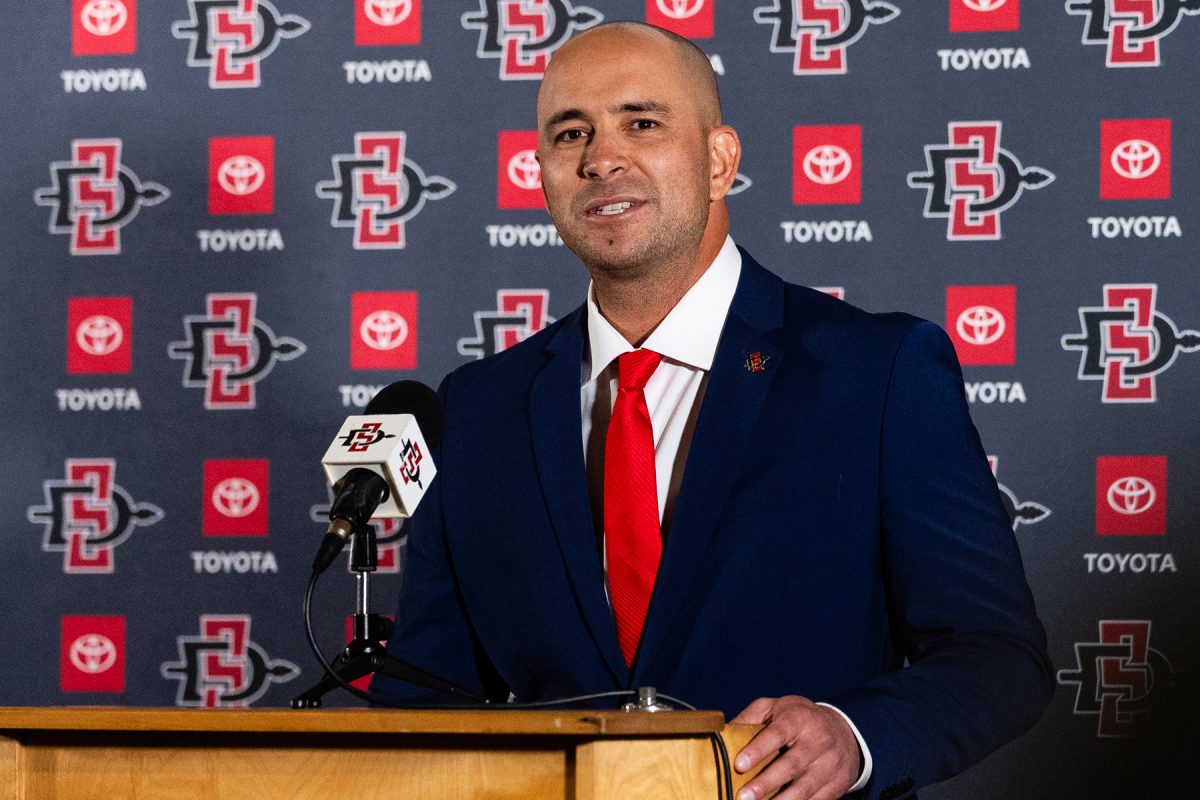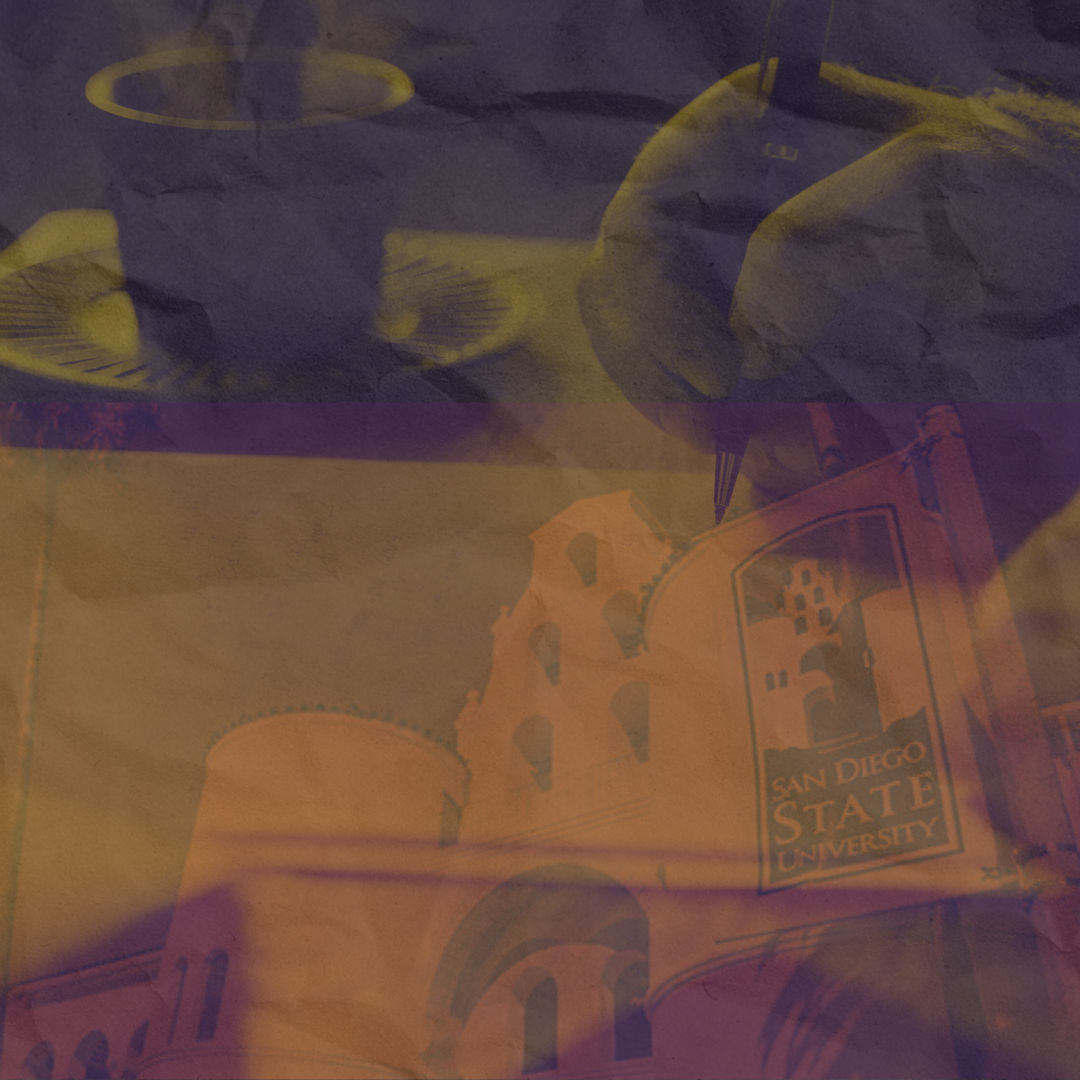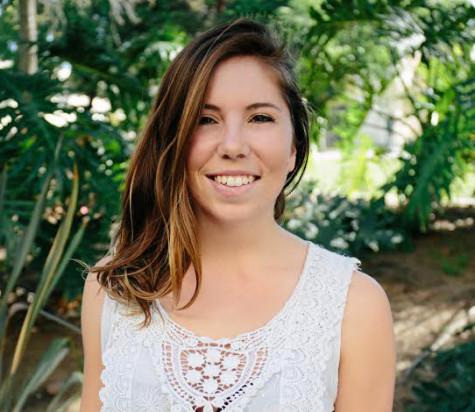A young girl in a dirty, pink sweater walks up to a young couple, her hands cupped and her big brown eyes already teary. The couple avoids looking at her, as they hold large drinks from the nearby Starbucks. She waits there for a few long moments, still begging in her soft voice before giving up and walking to an older man sitting on the steps. He glances at her and shakes his head as he slowly fingers the beads of his tespih, a Muslim rosary of sorts.
She doesn’t speak English, and I don’t speak Arabic. Both of us speak a few words of Turkish, but not enough to hold a real conversation. I want to ask her her name, where she’s from, if she’s OK. Instead, I hand her the change from my pocket, 4 lira, which amounts to barely $1. Still, she says “Tesekkür,” (Turkish for thanks) and darts away.
The girl’s cheeks and hair are smudged with dirt from too many nights spent on the street. Upon closer inspection, there’s a hole in one of her sneakers, near her left pinky toe. Tired of being turned away all night, she pulls a small, cheap flute from her pocket and begins to play a simple tune, dancing erratically in the center of the square. She lays out a flimsy piece of cardboard for people to toss coins onto. A few smile and give her their change, but most sidestep the dancing girl in the pink sweater, pretending not to see her. She might as well be invisible.
She’s most likely one of the approximately 366,000 Syrian refugees in Istanbul. As young as she appears, most of her life has been spent in the shadow of the Syrian Civil War, where intense fighting between several different groups (primarily Sunnis, Shiites and jihadists) has been escalating since 2011.
According to the International Rescue Committee, there are more Syrian refugees in Istanbul than in the rest of Europe altogether. It’s hard to nail down an exact number, as many refugees are smuggled in and aren’t registered with the government.
Turkey currently has 22 refugee camps and is in the process of constructing two more, according to the United Nations High Commission on Refugees. Many Syrians believe they’re better off living in the city looking for work instead of waiting in the camps.
There are a number of volunteer organizations in Istanbul devoted to helping refugees. Some organizations focus on meeting the basic needs of Syrians looking to rebuild a life while others focus on education and mental health. AD.DAR, an organization that helps displaced Syrian and Syrian-Palestinian refugees rebuild their lives, is a well-known nonprofit in Istanbul, and several SDSU students studying abroad visited it.
Carol Miotto, an SDSU student studying interior design at Bahcesehir University in Istanbul, had a strong interest in volunteering during her semester abroad.
“Some organizations didn’t even get back to me, I think because they already have so many people,” she said. “AD.DAR did get back to me, and they were open to volunteers, but they wanted us to have very specific plans. I could teach yoga or give English lessons, or do arts and crafts with them, but they already had people doing all those things.”
Even though AD.DAR didn’t need her help, Miotto frequented the organization to learn more about its efforts and to play with the kids.
Other students encountered similar obstacles in trying to volunteer during the semester.
The language barrier proved difficult, as many organizations need volunteers who speak Arabic or Turkish. Though some students are learning Turkish during their semester, many organizations require a high level of fluency.
“What I wanted to do was help with teaching or something, and I was told I couldn’t do that from a few organizations,” said Grace Diaz, an SDSU communication student studying in Istanbul. “It was the first time I’d ever been told that I couldn’t help from a volunteer organization.”
Though both Diaz and Miotto intended to volunteer before arriving in Istanbul, their desire intensified once they were in the city.
“Seeing the refugees when I walk down the street made it more of a real thing,” Diaz said. “In America you can hear and read about the refugees, but when you’re living in it, it makes it come to life more.”
Living in Turkey and experiencing the tragedy of the refugee crisis on the streets of Istanbul motivated the two students to learn more about the crisis and offer up the help they could.
“There are some days that I see a mother holding her baby on the street and I feel horrible, because I’m having a great day,” Miotto said. “I just had some food, and she’s out here on the streets where it’s cold with her baby, and she has nothing. So I give her some change, and then I walk 100 meters and here is another one and then more and more. It’s not like what you see on the news.”
Soon, the SDSU students studying in Turkey will return to the U.S.
President Obama has announced plans to grant entry to 10,000 Syrian refugees in the next year while at least 28 governors said they refuse to allow Syrian refugees in their states.
San Diego Congressman Scott Peters supported a GOP-authored bill earlier this month that would apply additional measures to the refugee screening process.
“I can’t (agree with the idea to) turn away people,” Diaz said. “It’s sad that that’s a lot of their life, having to leave their countries and figure out how to make homes in a totally new place.”
Miotto said she understood the governors’ concerns.
“I definitely don’t agree with saying no to refugees, but maybe have a better way of checking their backgrounds, if they’re involved with any radicalism,” she said.
Both agreed they would consider volunteering or donating to refugee-based organizations once they returned to the U.S.
The IRC has several programs in San Diego. The UN Refugee Agency is currently seeking donations for their efforts in Syria.
Editor’s note: This story concludes our three-part series from Istanbul, Turkey. Over the past months, we’ve looked through the eyes of SDSU students living and studying on the edge of a region hammered by violence and political unrest. For more go to thedailyaztec.com.












